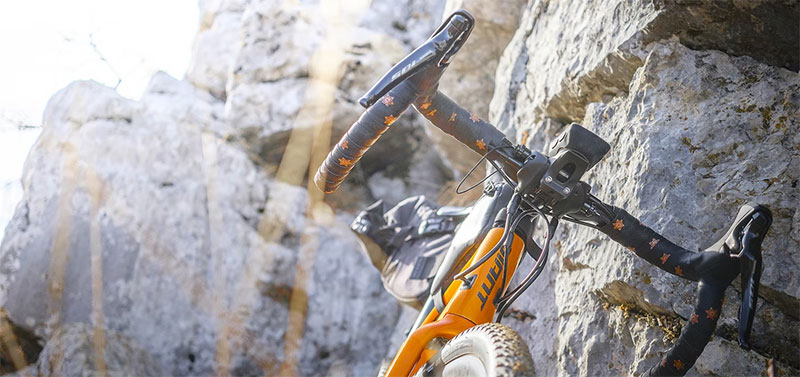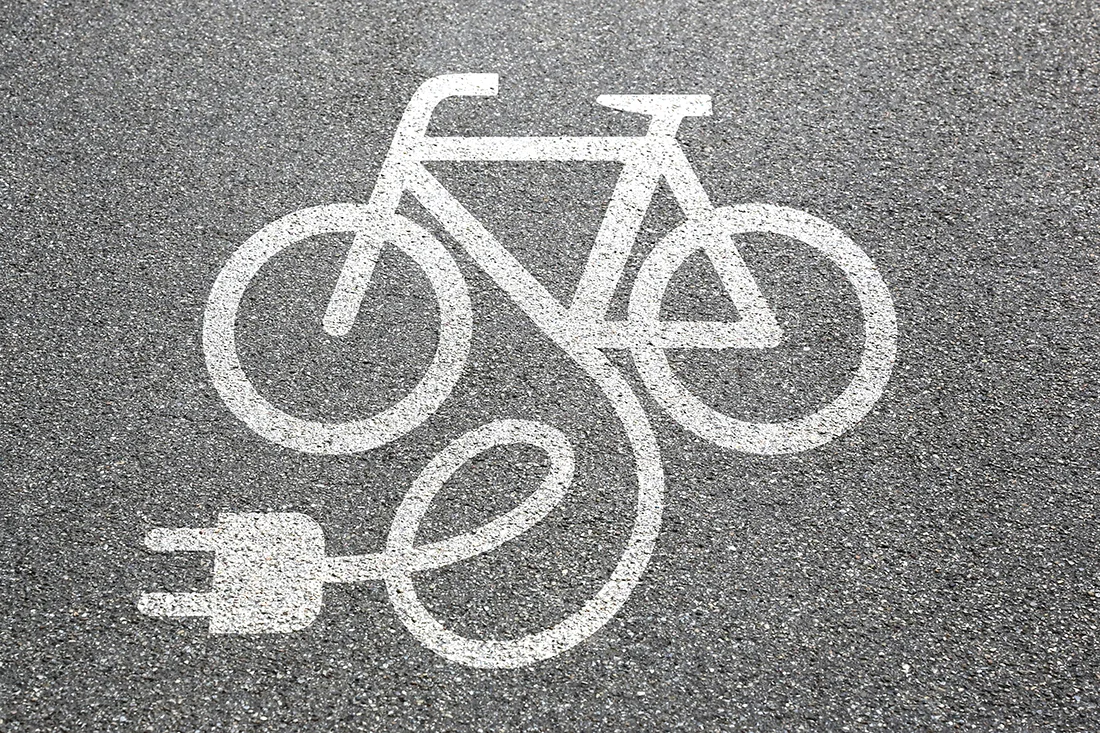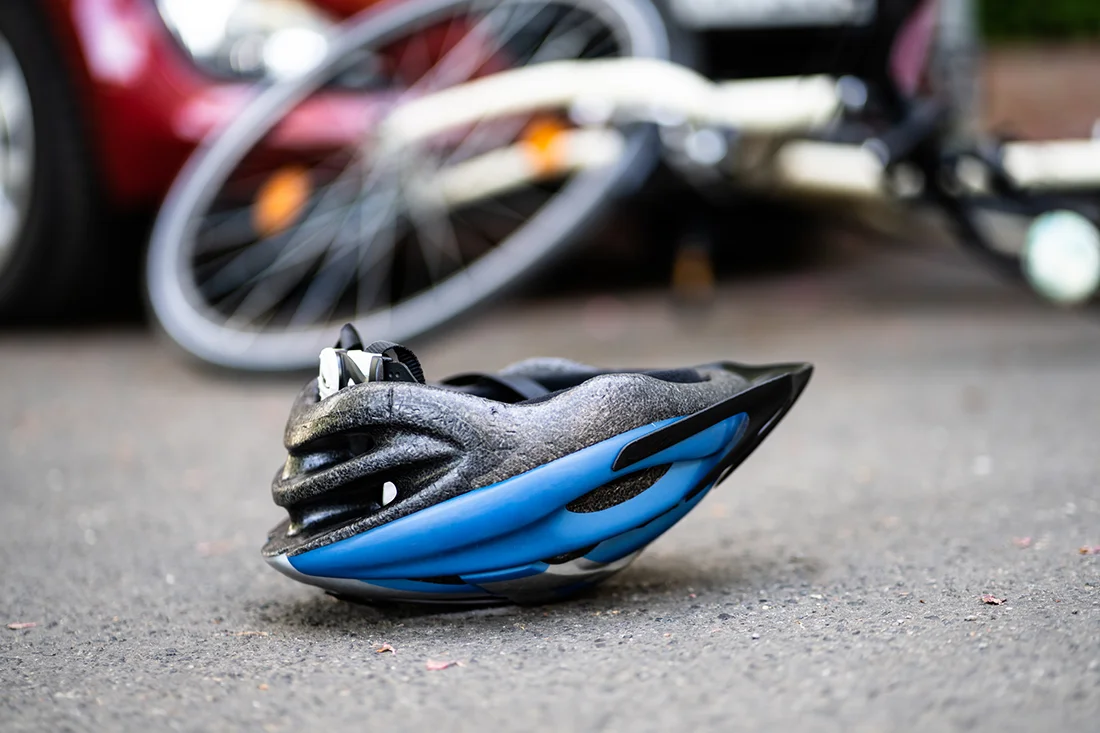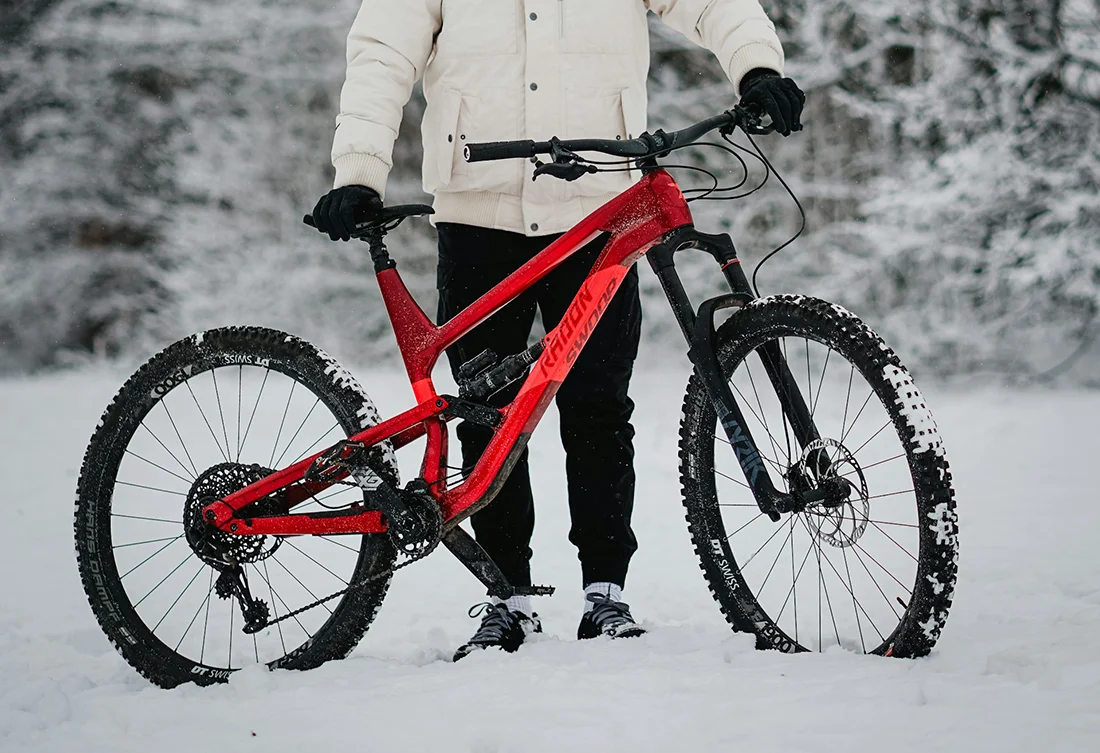Flat bar vs drop bar – the question we have all asked at some point in our cycling journeys.
The topic of handlebars is interesting and neverending. It can be challenging for a beginner cyclist to figure out which one to prefer.
Using different handlebars on a bike can completely change how it rides and feels.
Typically most cyclists start with flat bars as drop bars can come across as more challenging.
This article will tell you everything you need to know both and the biggest differences between flat bar vs drop bar.
Flat Bars
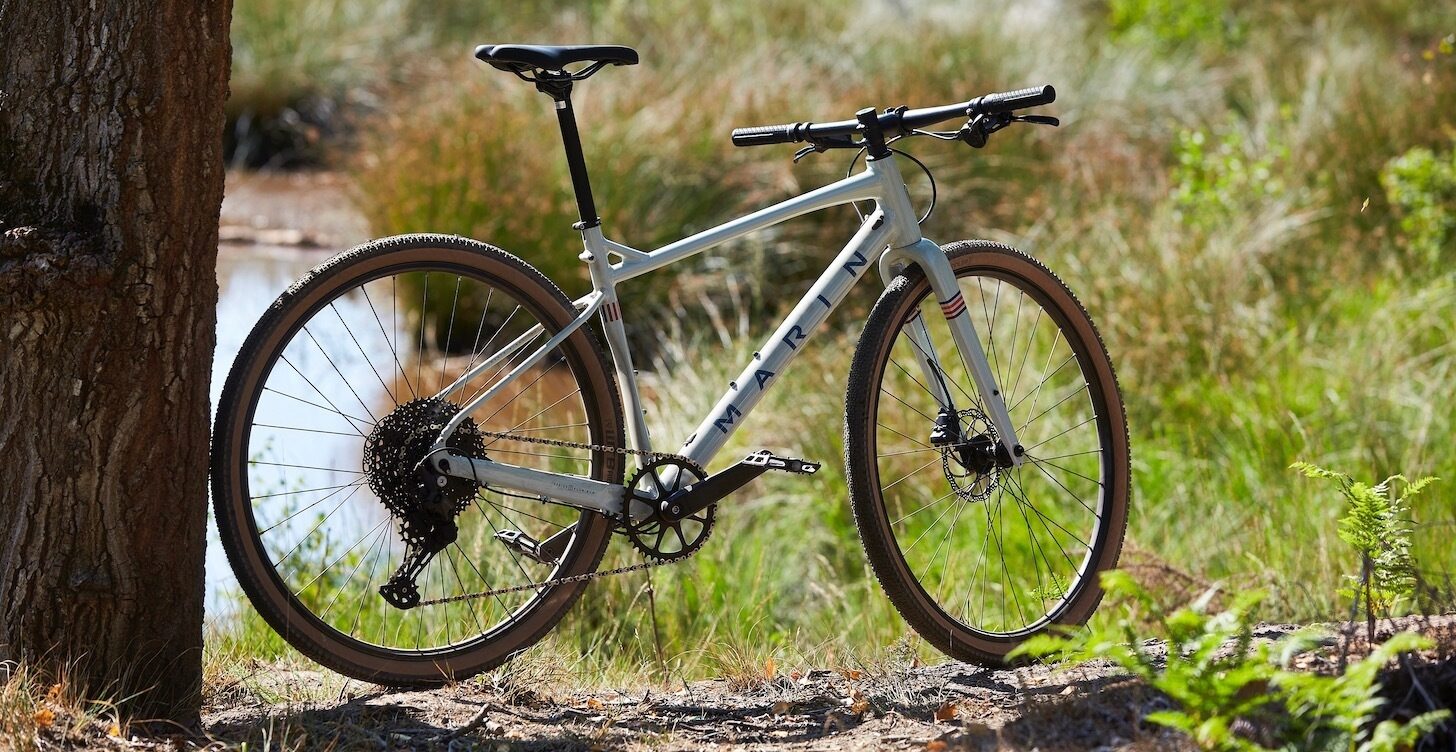
Flat bars are seen on many types of bikes, such as mountain bikes, hybrid bikes, fixies, single speeds, and even on some gravel bikes. They are bars that go straight across the front of the bike and have grips on the ends.
Flat bars come in a few different shapes and lengths, which can change how they feel.
The first type and one of the most common is a riser bar. This is where the bar is fairly flat but rises up on each side. This makes the point where you hold them higher and puts you in a more comfortable position.
Then we have straight bars, and these, unlike the riser bars, are completely straight. You will see many professionals use these as they put you in a lower, more aerodynamic position. They can feel more aggressive and put more weight on their hands.
Then you have backswept bars which bend back towards the user. Backswept bars are great for making your bike much more comfortable and offer a much more relaxed position for the user. These are not as common as the other types.
Drop Bars

Dropped handlebars are typically what you will see on road and gravel bikes. They are bars that come back on themselves and drop down towards the ground.
Drop bars are wrapped in bar tape and off the user multiple positions to ride from, such as on the hoods, tops, and lower drops. There are two types of drop handlebars on the market, and they come in different sizes. Drop bar bikes are very popular in recent years due to a lot of famous races such as the Tour de France.
Standard dropped handlebars are what you will see on a typical road bike, and they are very common. They come in sizes from 38cm to 44cm, and from top to bottom, you’re looking around four inches.
Flared dropped handlebars are much like your standard drop bars, but they flare out to the sides at the bottom to make the bars much wider. Typically wider flared bars provide much more control, which will normally be standard on many gravel bikes.
Flat Bar vs Drop Bar – The Main Differences
There’s a huge amount of differences between flat bar vs drop bar bikes. Flat and drop bars are very different and provide a totally different experience for the user because of their shapes.
Flat bars are much better at helping a cyclist control a bike. The wider bars and the fact they sit closer to you create a lot more control of the bike, but it makes you much less aerodynamic.
Drop bars have the ability to give you a lot more positions to be in on the handlebars, and that is why they are designed like they are.
Dropped handlebars do sit further forward for the user, and although they offer a much more aerodynamic position, you do have to be more stretched out and do sacrifice a certain amount of comfort.
Aerodynamics
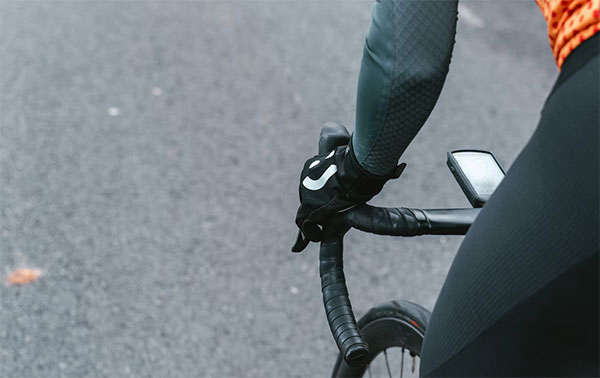
When it comes to cycling, aerodynamics plays a huge part in keeping you going quickly and making the work much easier. Bike companies spend a huge amount of money on making their bikes more aerodynamic as it can be the difference between winning and losing a race.
Flat bars are not very aerodynamic. They put you in a wider, upright position, giving you more control than the ability to slice through the wind.
Like most bikes with flat bars, such as mountain bikes, aerodynamics are not the most important thing control is.
Typically in a mountain bike race, a professional will be more concerned with the ability to control the bike than how aerodynamic they are because a better controlling bike makes them faster down a course than being aerodynamic.
Then we have road bikes with drop bars, and you must be aerodynamic. Road bikes are designed to cut through the wind, and as they normally go much faster than mountain bikes, they need to have the least wind resistance possible.
Drop bars are fantastic at doing this. They have a much smaller surface area against the wind and give the rider more positions to tuck into the bike and make themselves more aerodynamic.
Control
When we ride our bikes, it’s important to have the ability to control them. A lot of this ability comes from the handlebars. Depending on whether you are using drop or flat bars, this can drastically change how the bike is controlled.
Flat bars provide more control because they sit close to the user and are so wide the rider gets an incredible ability to throw the bike around and handle sharp corners and rough terrain.
Flat bars are perfect for people new to cycling or if you’re riding off-road.
Downhill mountain bikes will have bars as wide as 780mm so they can control the bike on very technical courses.
Drop bars, although they have many positions, do make controlling a bike harder. They are much smaller and thinner than flat bars meaning they are more aerodynamic, but they do make going around a muddy coroner much more challenging as you don’t have the same level of control as you would on a flat-bar bike.
Learn more: Mountain Bikes vs Road Bikes
Comfort
When it comes to comfort, both bars offer something a little different and this is one of the biggest differences between flat bar vs drop bar. They both can be comfortable but for different reasons.
On a mountain bike with flat bars, you will be more upright, and typically the bars are closer to the bike so that you will feel pretty comfortable on a flat or slightly bumpy road. Flat bars are also in a very natural position for the hands, and it’s easy to relax there.
You only have one single position on a flat bar though, and on longer rides being in this one single position can become uncomfortable.
Dropped handlebars bike will typically be less comfortable. The drop bars lean you forward more than flat bars, and also, they are harder to control with everything being much closer together.
One thing drop bars do offer that flat bars don’t, which can hugely add to the comfort, is multiple positions. You can have your hands on the tops, hoods, and drops, and for long-distance riding, switching between all these positions can keep you on the bike much longer.
Frequently Asked Questions
Why do road bikes have curved handlebars?
Road bikes have curved handlebars because they make the rider much more aerodynamic and offer the rider multiple positions to ride in.
This comes in handy while riding on roads as you can make yourself much more efficient depending on whether you are climbing or descending. A bike with drop bars is a lot of fun to ride because of all the different riding positions you can use.
Are flat bars more comfortable than drop bars?
Generally, when it comes to flat bar vs drop bar, most users find flat bars much more comfortable than drop bars. This is because they have more control, and the user is typically kept much more upright. However, road bike bars offer more position options than flat bars and can be better for riding longer distances on the road.
Why are flat bars better than road bars?
Flat bars are better for control, but when it comes to aerodynamics and speed, drop bars are better. Each is just good for different disciplines of cycling.
How much faster are is a dropped handlebars bike than flat bar bike?
Although it’s difficult to determine how much faster they are, being more aerodynamic gains you up to 1mph faster in the right conditions. Many cyclist prefer drop bars in the battle between drop bars vs flat bars.
Can I replace drop bars with flat bars?
It is possible to replace drop bars with flat bars, but it's not a simple job. Many cyclists want to go flat bar for a road bike. It would require you not just to change the bars but your shifters and brakes too.
It will also completely change the bike's geometry and could be very inefficient. Flat bars on a road bike wouldn't typically work.
Can I put flat bars on a gravel bike?
It's a very difficult choice between flat bar vs drop bar and many cyclists get it wrong. Many gravel bikes have a geometry that can typically suit drop bars and flat bar bikes. They can be converted over to flat bars, but it can be very costly as there’s so much to change.
Flat bar gravel bikes have become more popular in recent years so it's probably easier to buy a flat bar version in the first place.

